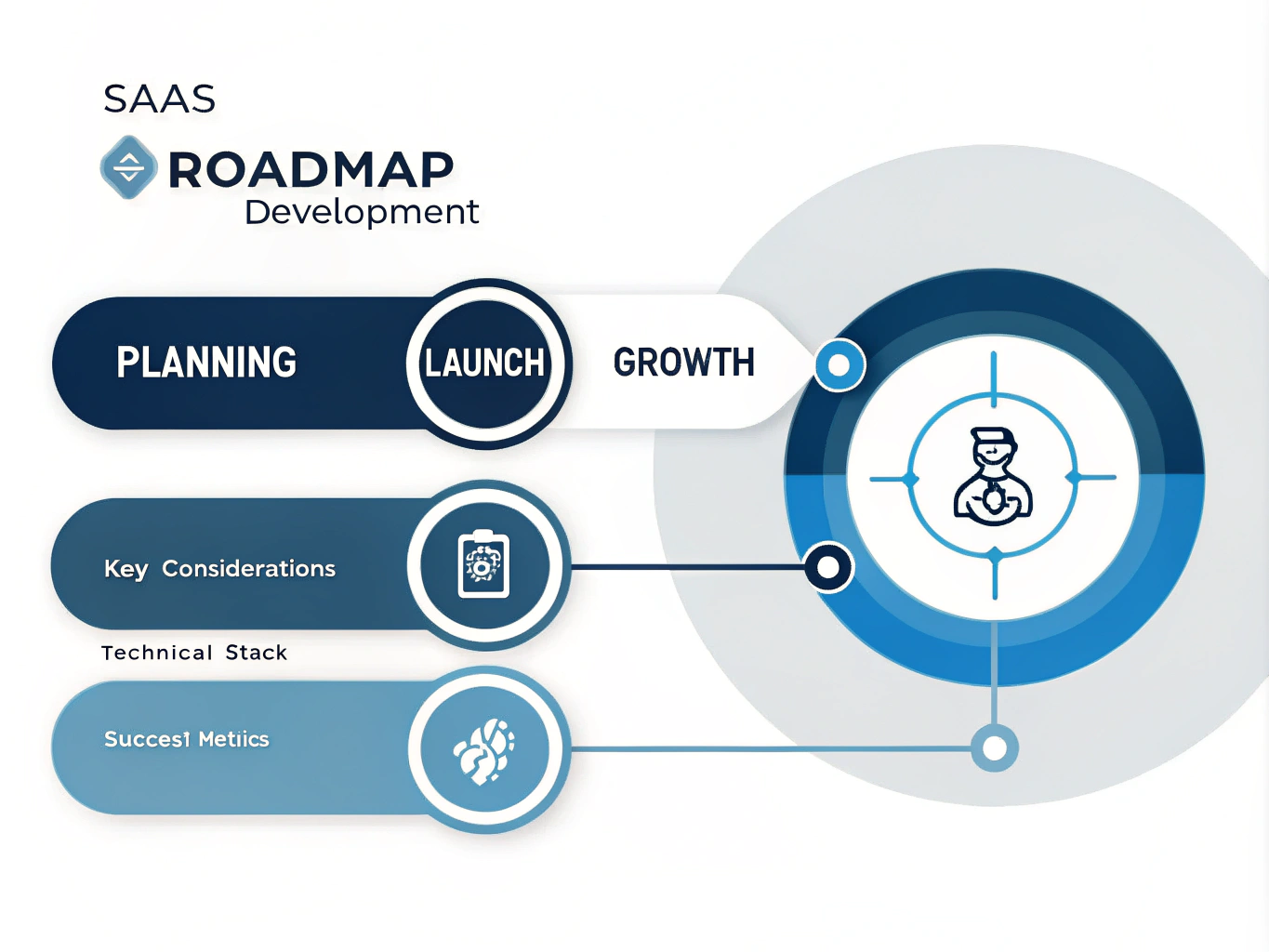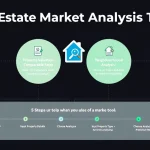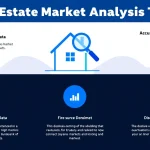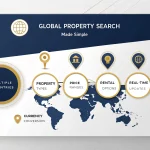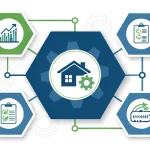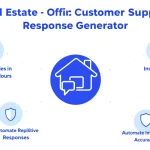SAAS Development Guide Generator
Is this tool helpful?
How to Use the SAAS Development Guide Generator
To effectively use the SAAS Development Guide Generator, follow these simple steps:
- Industry Input (Optional): Enter the specific industry your SAAS product targets in the first field. For example, you might input “Real Estate” or “E-commerce”.
- Product Type Input (Optional): Specify the type of SAAS product you’re building in the second field. For instance, you could enter “Customer Relationship Management (CRM)” or “Inventory Management System”.
- Generate Guide: Click the “Generate SAAS Development Guide” button to create a comprehensive guide tailored to your inputs.
- Review Results: Once generated, the guide will appear below the form. Take your time to read through the detailed information provided.
- Copy Content: If you want to save or share the guide, use the “Copy to Clipboard” button to easily transfer the content.
Remember, the more specific you are with your inputs, the more tailored your guide will be. However, leaving the fields blank will still generate a valuable, general-purpose SAAS development guide.
Understanding the SAAS Development Guide Generator
The SAAS Development Guide Generator is an innovative tool designed to provide entrepreneurs, developers, and product managers with a comprehensive roadmap for creating successful Software as a Service (SAAS) products. By leveraging advanced algorithms and industry best practices, this tool generates detailed, step-by-step guidance tailored to your specific SAAS project.
What is SAAS?
Software as a Service (SAAS) is a software licensing and delivery model in which applications are hosted by a vendor and made available to customers over the internet. Instead of installing and maintaining software, users simply access it via the web, freeing themselves from complex software and hardware management.
The Importance of a Structured Development Guide
Developing a SAAS product is a complex process that involves multiple stages, from initial concept to market launch and beyond. A well-structured development guide is crucial for several reasons:
- It provides a clear roadmap, helping teams stay organized and focused throughout the development process.
- It ensures that all critical aspects of SAAS development are addressed, reducing the risk of overlooking important steps.
- It helps in resource allocation and timeline planning, making project management more efficient.
- It serves as a valuable reference point for all team members, promoting alignment and collaboration.
Benefits of Using the SAAS Development Guide Generator
1. Time and Resource Efficiency
By providing a comprehensive guide tailored to your specific SAAS project, this tool saves countless hours that would otherwise be spent on research and planning. It consolidates industry best practices and expert knowledge into a single, easy-to-use resource, allowing you to focus more time on actual development and innovation.
2. Customized Guidance
The generator takes into account your specific industry and product type, ensuring that the guide it produces is relevant and applicable to your unique project. This customization helps you avoid generic advice and focuses on strategies and considerations that are most pertinent to your SAAS development journey.
3. Comprehensive Coverage
The generated guide covers all crucial aspects of SAAS development, from market research and product definition to technical development, security, deployment, and beyond. This ensures that you have a holistic view of the entire development process and don’t overlook any critical components.
4. Risk Mitigation
By providing detailed information on potential challenges and best practices in areas such as security, compliance, and scalability, the guide helps you anticipate and mitigate risks associated with SAAS development. This proactive approach can save significant time and resources in the long run.
5. Educational Value
For those new to SAAS development, the guide serves as an educational tool, offering insights into industry-specific considerations and technical requirements. It can help bridge knowledge gaps and provide a solid foundation for your SAAS journey.
Addressing User Needs and Solving Problems
Tackling the Complexity of SAAS Development
One of the primary challenges in SAAS development is navigating its inherent complexity. The SAAS Development Guide Generator addresses this by breaking down the process into manageable steps and providing clear, actionable advice for each stage. For example, in the technical development section, it might offer guidance like:
“When choosing your tech stack, consider scalability from the outset. For a data-intensive SAAS application, you might opt for a combination of Node.js for the backend, React for the frontend, and MongoDB for the database. This stack offers excellent performance and scalability for handling large amounts of data and real-time operations.”
Ensuring Security and Compliance
Security and compliance are critical concerns in SAAS development. The guide addresses these issues head-on, providing specific recommendations tailored to your industry. For instance, for a healthcare SAAS product, it might advise:
“Implement end-to-end encryption for all data transmissions and ensure that your data storage practices comply with HIPAA regulations. Consider using AWS Healthcare as your cloud provider, as it offers HIPAA-compliant infrastructure and services out of the box.”
Optimizing User Experience
User experience can make or break a SAAS product. The guide emphasizes the importance of UX design and provides practical tips. For example:
“Implement progressive onboarding in your SAAS product. Instead of overwhelming users with a lengthy tutorial, introduce features gradually as users navigate the application. This approach can increase user engagement and reduce churn rates by up to 30%.”
Practical Applications and Use Cases
Case Study 1: Developing a Project Management SAAS
Let’s consider a scenario where you’re developing a project management SAAS for the construction industry. The guide might provide the following tailored advice:
- Market Research: “Focus on pain points specific to construction project management, such as resource allocation for heavy machinery and compliance with building regulations.”
- Key Features: “Include features like Gantt charts for timeline visualization, integration with Building Information Modeling (BIM) software, and mobile access for on-site updates.”
- Technical Stack: “Consider using Ruby on Rails for rapid development, PostgreSQL for handling complex data relationships, and integrating with construction-specific APIs like Procore for added functionality.”
- Compliance: “Ensure your software adheres to construction industry standards and regulations, such as OSHA guidelines in the United States.”
Case Study 2: Creating a Financial Analytics SAAS
For a financial analytics SAAS targeting investment firms, the guide might offer these insights:
- Data Security: “Implement multi-factor authentication and end-to-end encryption. Consider SOC 2 compliance to build trust with financial institutions.”
- Scalability: “Design your architecture to handle large volumes of real-time financial data. Consider using Apache Kafka for data streaming and Apache Spark for big data processing.”
- UI/UX: “Focus on creating intuitive data visualization tools. Incorporate interactive charts and dashboards using libraries like D3.js or Highcharts.”
- Integration: “Provide APIs for seamless integration with popular trading platforms and financial data providers like Bloomberg or Reuters.”
Frequently Asked Questions (FAQ)
Q1: How long does it typically take to develop a SAAS product?
A1: The development time for a SAAS product can vary significantly based on its complexity, features, and the size of your development team. On average, it can take anywhere from 4 to 12 months to develop an MVP (Minimum Viable Product). Full-featured SAAS products may take 12 to 24 months or more. The guide generated by this tool can help you estimate a more accurate timeline based on your specific product requirements.
Q2: What are some key metrics to track for a SAAS product?
A2: Some crucial metrics for SAAS products include:
- Monthly Recurring Revenue (MRR)
- Customer Acquisition Cost (CAC)
- Customer Lifetime Value (CLV)
- Churn Rate
- Net Promoter Score (NPS)
- Average Revenue Per User (ARPU)
- User Engagement Metrics
Q3: How can I ensure my SAAS product is scalable?
A3: Scalability should be considered from the early stages of development. Some key strategies include:
- Using cloud services that offer easy scaling options
- Implementing a microservices architecture
- Optimizing database performance
- Using caching mechanisms
- Implementing load balancing
Q4: What are some effective marketing strategies for SAAS products?
A4: Effective marketing strategies for SAAS products often include:
- Content Marketing (blogs, whitepapers, case studies)
- Search Engine Optimization (SEO)
- Pay-Per-Click (PPC) Advertising
- Email Marketing
- Social Media Marketing
- Referral Programs
- Free Trials or Freemium Models
Q5: How important is customer support in SAAS?
A5: Customer support is crucial in SAAS. It directly impacts customer satisfaction, retention, and your product’s reputation. Effective customer support can lead to higher customer lifetime value and can be a key differentiator in competitive markets. The guide offers strategies for implementing robust customer support systems, including considerations for self-service options, ticketing systems, and proactive support measures.
Conclusion: Empowering Your SAAS Development Journey
The SAAS Development Guide Generator is more than just a tool—it’s your partner in navigating the complex landscape of SAAS development. By providing tailored, comprehensive guidance, it empowers you to make informed decisions at every stage of your project.
Remember, successful SAAS development is an iterative process. Use the generated guide as a foundation, but be prepared to adapt and refine your approach based on user feedback and market dynamics. With the right guidance and a commitment to continuous improvement, you can create a SAAS product that not only meets but exceeds user expectations.
Start your SAAS development journey today with confidence, armed with expert insights and industry-specific recommendations. Your path to SAAS success begins here!
Important Disclaimer
The calculations, results, and content provided by our tools are not guaranteed to be accurate, complete, or reliable. Users are responsible for verifying and interpreting the results. Our content and tools may contain errors, biases, or inconsistencies. We reserve the right to save inputs and outputs from our tools for the purposes of error debugging, bias identification, and performance improvement. External companies providing AI models used in our tools may also save and process data in accordance with their own policies. By using our tools, you consent to this data collection and processing. We reserve the right to limit the usage of our tools based on current usability factors. By using our tools, you acknowledge that you have read, understood, and agreed to this disclaimer. You accept the inherent risks and limitations associated with the use of our tools and services.
